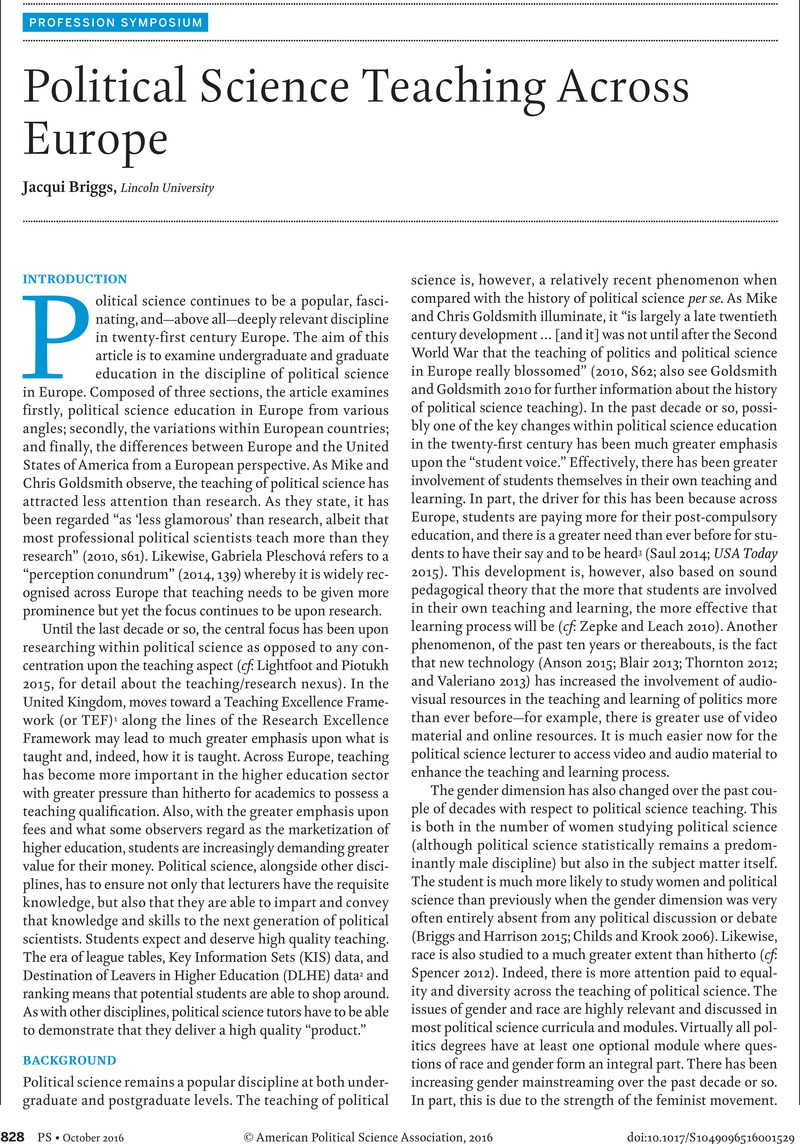Crossref Citations
This article has been cited by the following publications. This list is generated based on data provided by Crossref.
Engeli, Isabelle
Kostova, Dobrinka
and
Tronconi, Filippo
2023.
Towards a European political science? Opportunities and pitfalls in the internationalisation of political science in Europe.
European Political Science,
Vol. 22,
Issue. 4,
p.
550.
Ugland, Trygve
2024.
The Teaching of Scandinavian Politics in Canadian Universities.
Scandinavian-Canadian Studies,
Vol. 31,
Issue. ,
p.
1.
Kwong, Ying-ho
and
Wong, Mathew Y. H.
2024.
Teaching political science in the age of internationalisation: a survey of local and international students.
Globalisation, Societies and Education,
Vol. 22,
Issue. 5,
p.
982.



